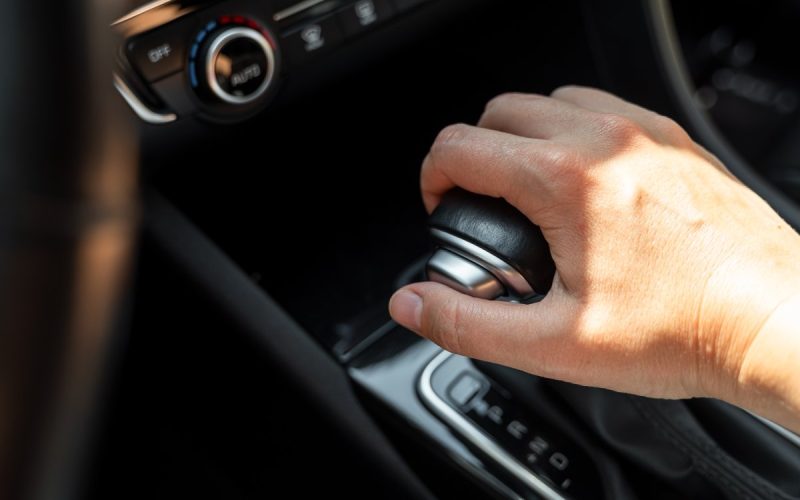When it comes to vehicles, the transmission is a core component that directly impacts how a car performs, feels, and handles. Understanding the different types of transmissions helps drivers make informed decisions about what suits their needs best.
Continue reading to explore the common types of vehicle transmissions.
Automatic Transmissions
Automatic transmissions are the most common type found in modern cars, making them a go-to choice for convenience. These systems shift gears for you, allowing drivers to focus on steering and acceleration. They use a hydraulic system and a torque converter to change gears seamlessly.
Drivers appreciate automatic transmissions for their ease of use, making them ideal for heavy traffic or highway driving. However, they tend to require more maintenance, such as regular transmission fluid changes and can be more costly to repair if problems arise.
Manual Transmissions
Manual transmissions, often called stick shifts, operate using a clutch pedal and a gear shift lever. These systems grant the driver full control over gear changes, which many purists believe enhances the driving experience.
The evolution of the manual clutch transmission has brought better durability and refined designs, making them appealing to those who value long-term reliability.
Manual transmissions typically offer better fuel efficiency and lower upfront costs than automatics. Some drivers still prefer them for their simplicity, performance, and connection to the car while driving.
However, they are less beginner-friendly, particularly for those who aren’t familiar with clutch operation.
Continuously Variable Transmissions (CVT)
Continuously variable transmissions, or CVTs, use a system of belts and pulleys to deliver an infinite range of gear ratios. Unlike traditional gear-based transmissions, CVTs provide a smooth power delivery with no noticeable gear shifts.
People praise these transmissions for optimizing engine performance and improving fuel efficiency. They work well in compact cars and hybrids.
On the downside, CVTs can feel less engaging to drive and tend to be more expensive to maintain due to their unique design.
Dual-Clutch Transmissions (DCT)
Dual-clutch transmissions combine the best aspects of manual and automatic systems. Using two separate clutches, one for odd gears and one for even, DCTs offer lightning-fast shifts and exceptional performance.
This precision makes them popular in sports cars and performance-focused vehicles.
These systems deliver power efficiently while maintaining fuel economy, positioning them as a premium option. Maintenance costs can be higher, but for those who value rapid gear changes and performance, DCTs are an attractive choice.
Vehicle transmissions have evolved significantly over the years, offering solutions for every type of driver. From the simplicity of manual transmissions to advanced options like CVTs and DCTs, each common transmission system has its strengths.
Consider your driving style, priorities, and budget before deciding which is right for you. With advancements continuing in transmission technology, the road ahead will bring even greater innovation in how we drive.
Take the first step by exploring your favorite vehicle’s transmission options today.

